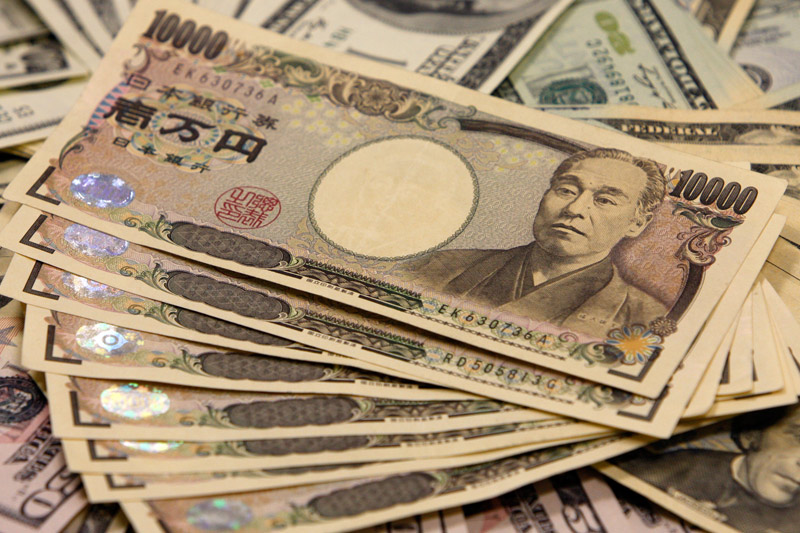
Mark Jones
LONDON (Reuters) – The Japanese yen suddenly jumped on Monday, suggesting the country’s authorities may have finally acted on warnings they have been making for months about intervention in the foreign exchange market.
Monday’s action follows a nearly 11% drop in the yen’s value against the dollar this year and a 35% slump over the past three decades that has pushed it to a 34-year low.
Here are five diagrams showing what’s happening.
1/INTERVENTIONS
Monday’s proposed intervention came after the yen fell above 160 to the dollar, well below the level most currency traders had expected before the Bank of Japan reacted.
The last time the authorities intervened in the situation was in September and October 2022. At the time, they were estimated to have spent 9.2 trillion yen ($60.78 billion) defending the currency.
Another major attempt came during the Asian financial crisis in 1998, when the yen lost almost 25% in just 14 months and reached almost 148 per dollar in August of that year. The United States joined the intervention initiative, and over the next four months the yen rose more than 35%.
There have also been interventions in the opposite direction. In March 2011, the Group of Seven (G7) countries jointly intervened to stop the yen from rising as the currency surged to a record high following a massive earthquake that also damaged the massive Fukushima nuclear power plant.
2/TOKYO DRIFT
This is not sudden. The yen has been broadly weak over the past four years. During this period, it not only fell 31% against the US dollar, but also 29% against the Chinese currency, 29.5% against the euro and almost 36% against the safe-haven Swiss franc.
remove advertising
.
3/STOCK
The weak yen hasn’t hurt Japan’s stock market, which is filled with companies selling their products around the world. A weak yen keeps them competitive and has helped lift the market by more than 162% over the past decade, not far off the 174% rise seen in the US over the same period.
4/YIELD AGAINST YEN
One of the main reasons for the yen’s weakness is that interest rates in Japan are much lower than in other countries around the world. For example, 10-year US government bonds currently yield 3.7 percentage points more than Japanese bond yields.
This difference means that large international investors such as pension funds are not interested in buying Japanese government bonds, or JGBs as they are called, which in turn limits demand for the yen.
Japan’s government debt-to-GDP ratio is also one of the highest in the world, more than tripling to nearly 260% from 85% in 1994.
5/WHERE WE ARE
The yen’s fall since early January marks the third worst start to a year in the past three decades and the fifth time in the past six years it has fallen at this stage of the year.


